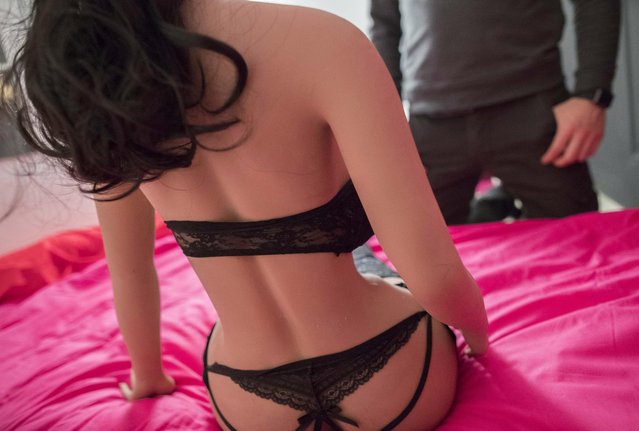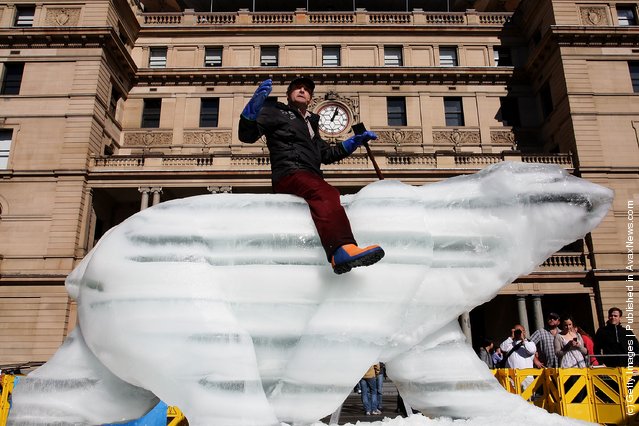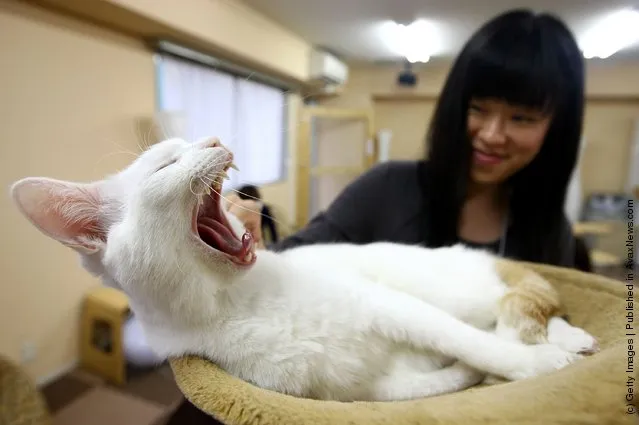Sony is marketing the remake of the Stephen King horror movie Carrie with with “Telekinetic Coffee Shop Surprise”, a prank video set in a New York cafe. Viral marketing firm ThinkModo shot the film over two days in ‘sNice cafe on 8th Ave, New York, with actors posing as customers. As people wandered in off the street for their coffee, stuntman Travis Gravis spilled coffee on a laptop belonging to actress Andrea Morales.
14 Jun 2014 10:35:00,post received
0 comments







